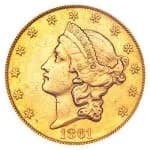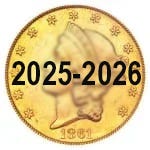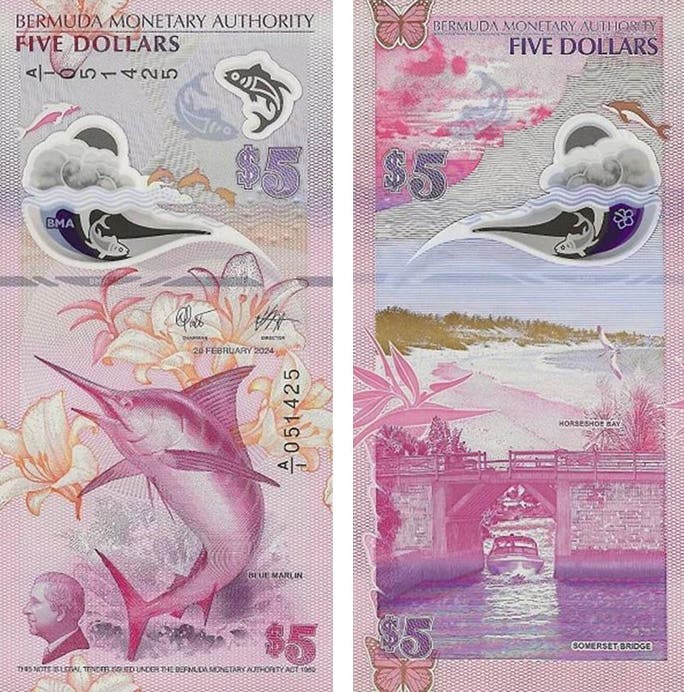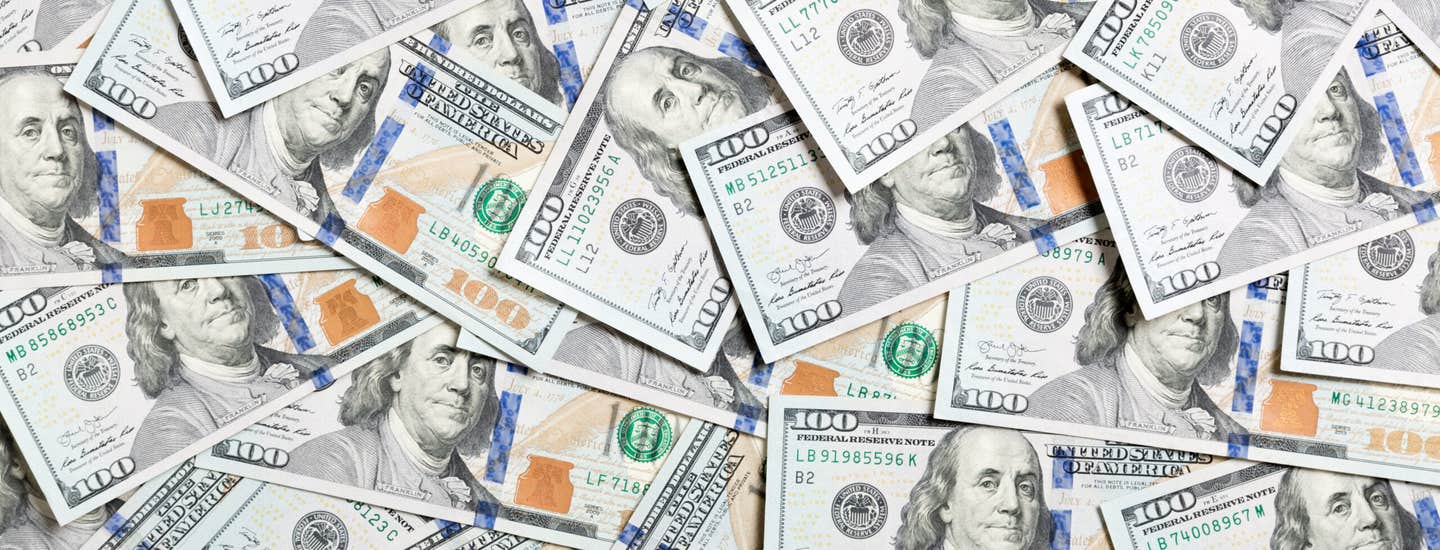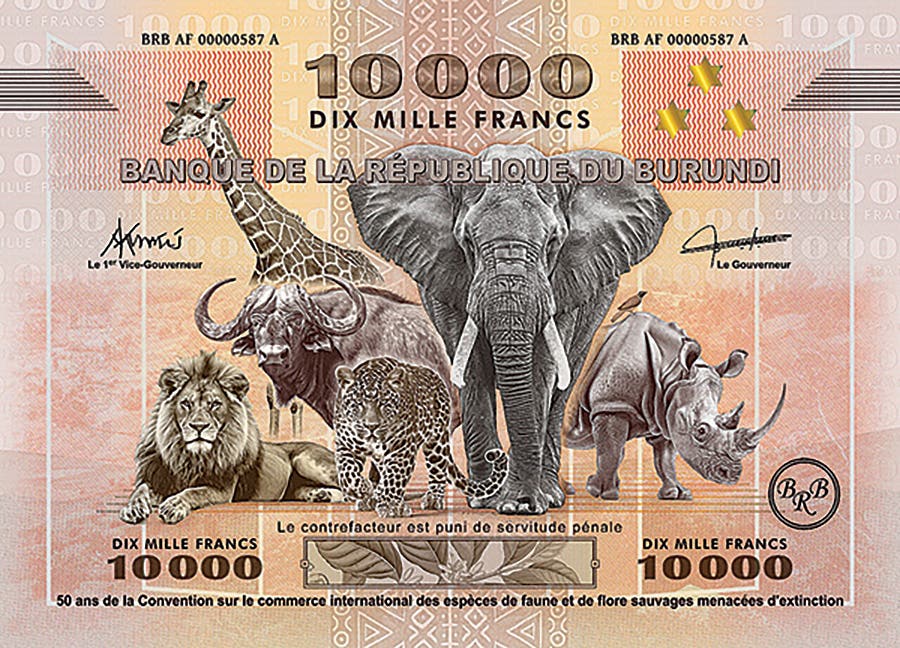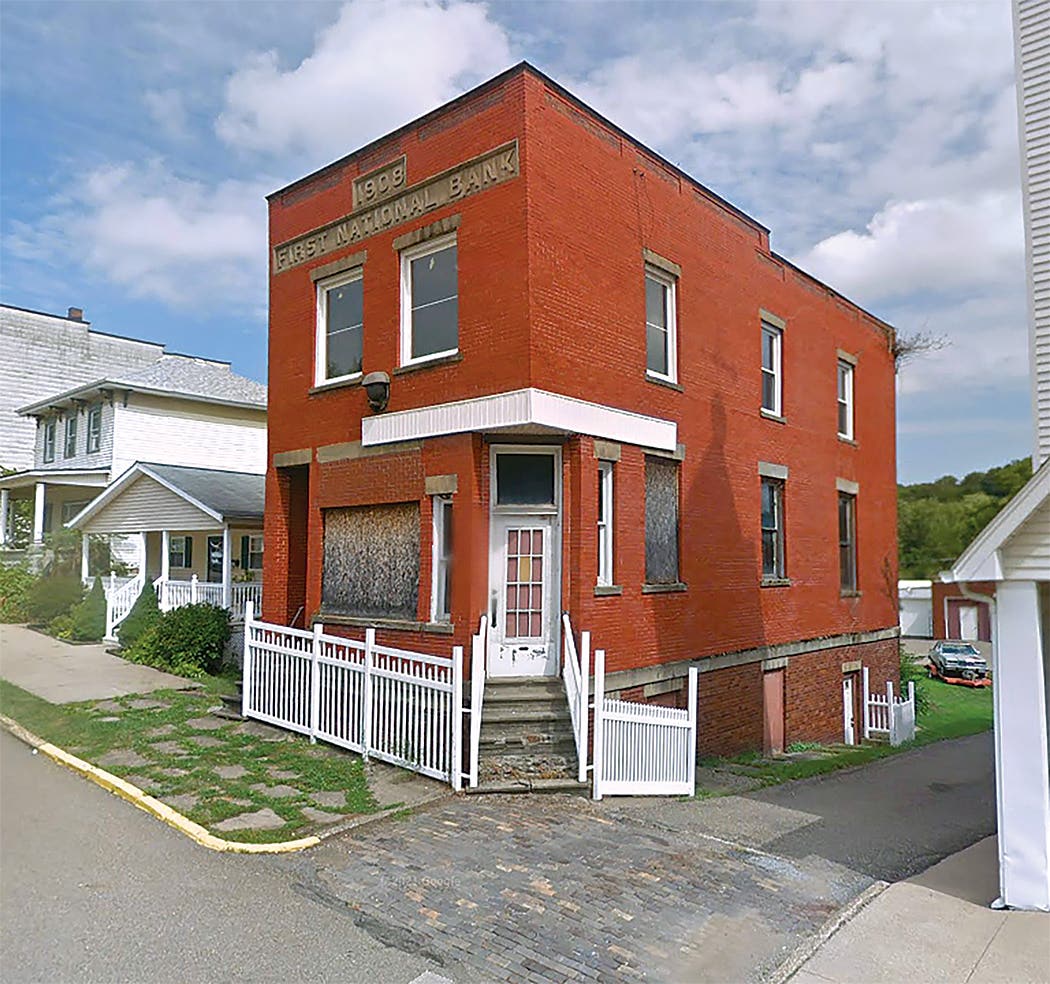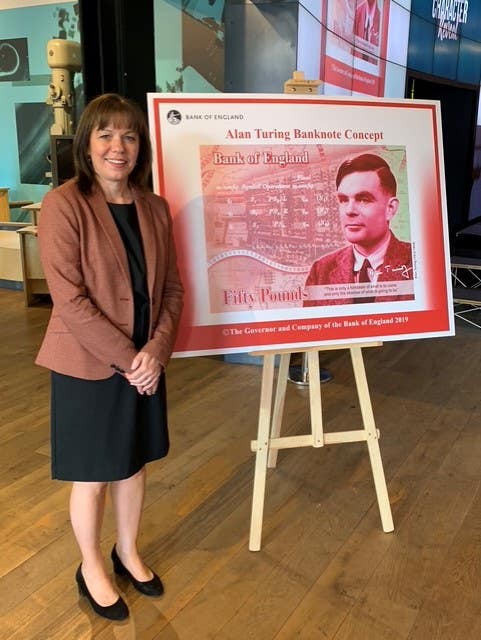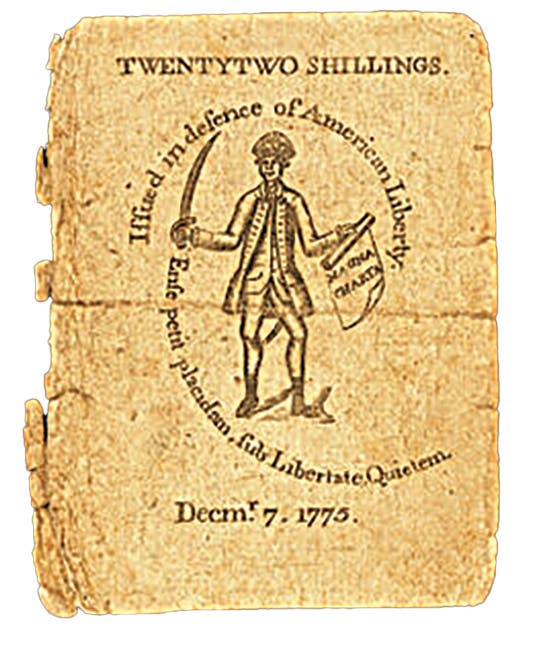The Trevor Wilkin Collection of Siege Notes Fetches a Hammer Price of £96,455 at Noonans
The collection was amassed by Australian collector Trevor Wilkin (1948-2022) and featured items from the French Revolution, Napoleonic Wars, and the Boer War.
A remarkable auction of almost 200 banknotes issued during military sieges fetched a hammer price of £96,455—against a pre-sale estimate of £65,000—at Noonans Mayfair on Thursday, May 30, 2024. The collection, which was 96% sold, was amassed by Australian collector Trevor Wilkin (1948-2022) and featured items dating back to the French Revolution, Napoleonic Wars, and the Boer War.
The highest price of the sale was for an incredible 1 Piastre from the Siege of Khartoum. This small and unassuming note is believed to be the only example in private hands and bore witness to one of the most dramatic events in colonial African history. Dated 25 April 1884, it was hand-signed by General Gordon and realized a hammer price of £10,000. It was bought by a very happy collector of siege notes who had traveled to the auction specifically to buy it [lot 1087].
Elsewhere, a 1 Franc note from the Siege of Zara (now Zadar, in Croatia) in 1813, which was part of the Napoleonic Wars, sold for a hammer price of £6,500 against an estimate of £1,000-1,500. This exceptionally rare and, indeed, probably unique note was purchased by an advanced collector of military notes after a fierce and protracted bidding war [lot 1055].
While two Italian notes attracted a lot of interest. From the Siege of Palmanova in North East Italy, a 2 Lire dating from 1814 realized a hammer price of £4,000 – double its pre-sale estimate and was bought by a banknote collector in the UK [lot 1053], and from the Siege of Mantova, a 9 Lire note dated 6 October 1796 sold to an Italian collector for a hammer price of £2,800 – four times its top estimate [lot 1047].
The earliest items in the collection were, in fact, ‘paper coins’ made using pages from prayer books pressed into coin dies. They were made during the Siege of Leyden in 1574, making them exactly 450 years old and the oldest paper money ever produced in Europe. They sold for between £600 and £1,100 [lots 1001-1003]
Prior to the sale, Andrew Pattison, Head of the Banknotes Department at Noonans commented: “Siege notes are a niche but popular subsidiary of military banknote collecting. All the notes in this catalogue were produced during incredibly turbulent periods of human history. Most are printed on poor-quality paper never intended for this use, using cheap inks and jury-rigged printing machines. The majority were produced, and hand signed by men, very often soldiers, who certainly never imagined they would be issuing money simply to keep a town or fortification running during weeks, sometimes months, of desperation. Perhaps most humbling is the fact that many of those who signed the notes did not live to see beyond these sieges.”
You may also like:
